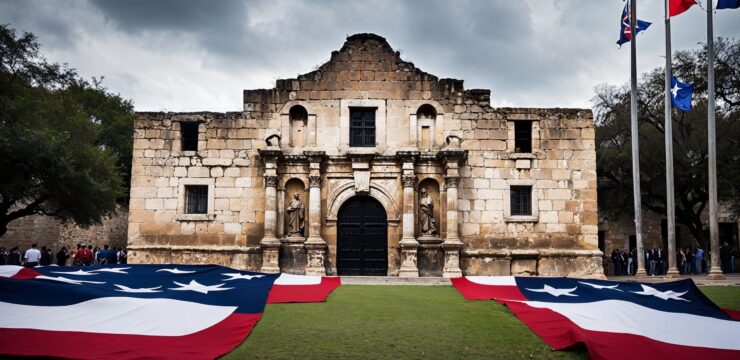The Lincoln Memorial, one of the most iconic landmarks in the United States, stands majestically in Washington, D.C. Located on the western end of the National Mall, this grand monument honors Abraham Lincoln, the 16th President of the United States, who played a pivotal role in preserving the Union during the Civil War and abolishing slavery.
History and Construction
The idea for a national memorial dedicated to Lincoln was first proposed shortly after his assassination in 1865. However, it wasn’t until 1911 that Congress approved the project. The memorial was designed by architect Henry Bacon in the style of a Greek Doric temple, symbolizing Lincoln’s legacy of democracy and unity. Construction began in 1914 and was completed in 1922, with a dedication ceremony attended by thousands, including Lincoln’s only surviving son, Robert Todd Lincoln.
Design and Symbolism
The Lincoln Memorial features a massive 19-foot-tall seated statue of Abraham Lincoln, sculpted by Daniel Chester French. The statue conveys a sense of dignity and solemnity, reflecting Lincoln’s role as a leader during one of the nation’s most turbulent periods. The interior of the memorial includes inscriptions of two of Lincoln’s most famous speeches—the Gettysburg Address and his Second Inaugural Address—etched into the walls.
The memorial’s 36 columns represent the states that were part of the Union at the time of Lincoln’s death in 1865. The Reflecting Pool in front of the monument creates a stunning visual effect, enhancing the memorial’s grandeur.
A Site of Historic Moments
Beyond its architectural significance, the Lincoln Memorial has been a powerful symbol of civil rights and equality. It was here that Dr. Martin Luther King Jr. delivered his famous “I Have a Dream” speech on August 28, 1963, during the March on Washington for Jobs and Freedom. The steps of the memorial continue to be a gathering place for protests, celebrations, and moments of national reflection.
Visiting the Memorial
The Lincoln Memorial is open to the public 24 hours a day and is free of charge. Visitors can experience the site at any time, though it is particularly breathtaking at night when illuminated against the dark sky. The memorial provides a solemn and inspiring atmosphere, making it a must-visit destination in Washington, D.C.
Conclusion
The Lincoln Memorial stands as a testament to the enduring legacy of Abraham Lincoln and his contributions to the United States. More than just a monument, it represents the nation’s commitment to unity, freedom, and equality. Whether visited for its historical significance or its architectural beauty, the Lincoln Memorial remains a symbol of hope and resilience for generations to come.

